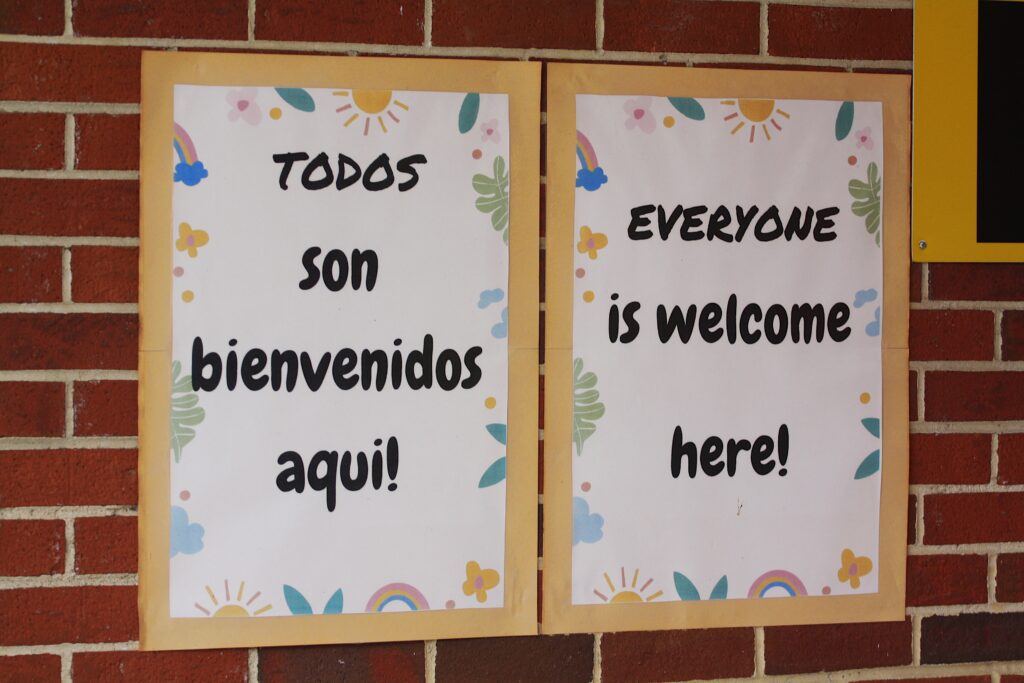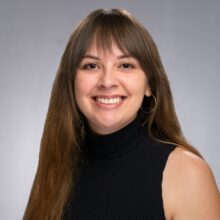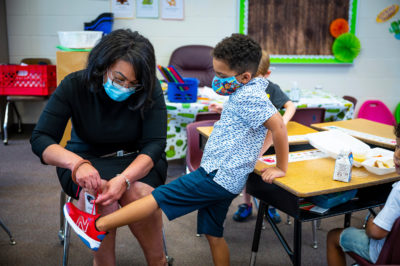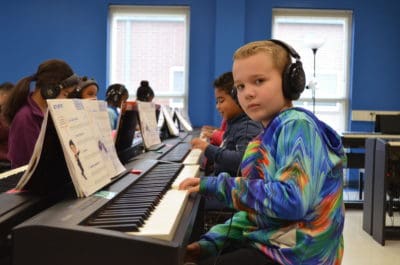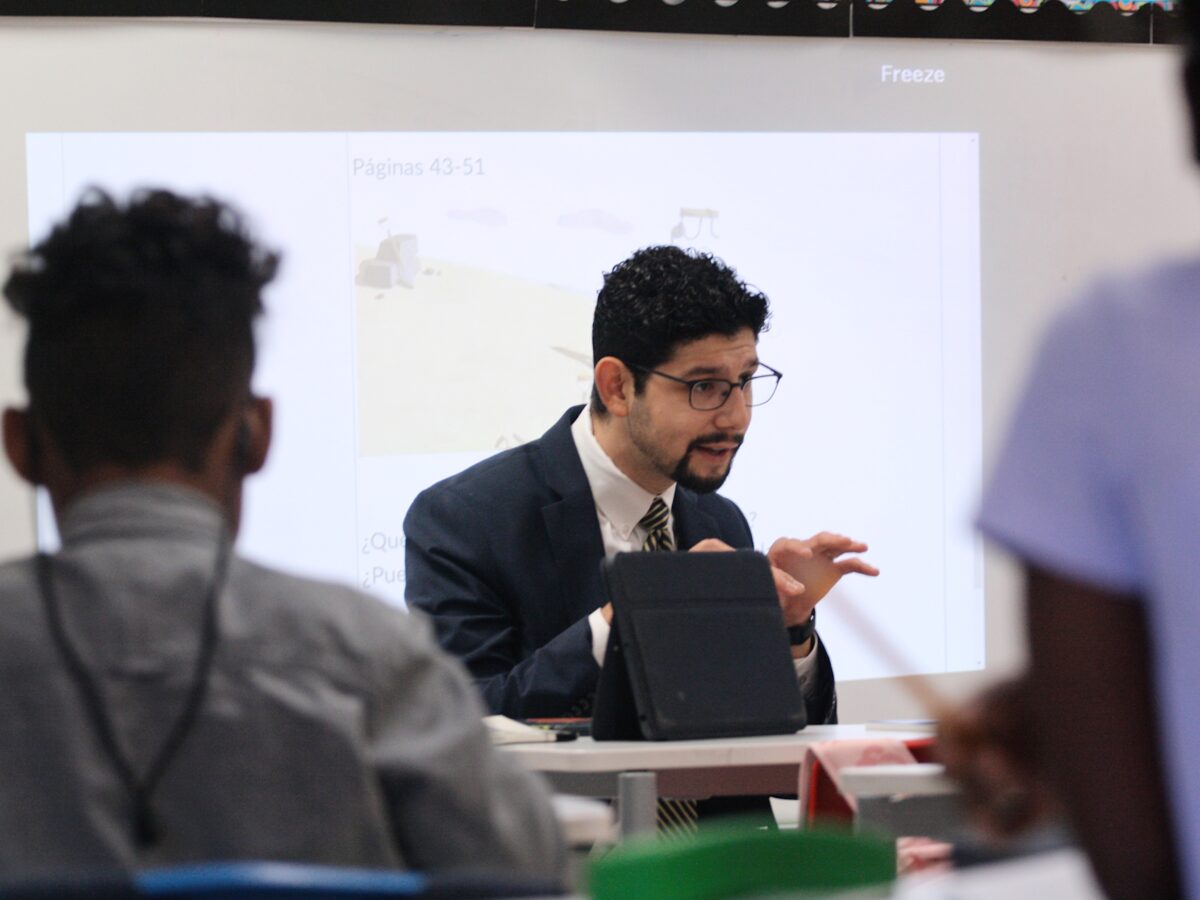

Share this story
- When José Oliva enrolled at Guilford County Schools when he was 15, he didn't know English. Today, he is chief of staff of the district – serving as the principal liaison and senior advisor to the superintendent of the third largest N.C. school district.
- Crucial services like high-dosage tutoring and learning hubs cost money, Oliva said. Ahead of the 2024 ESSER funding cliff, district leaders like Oliva are concerned about securing funds to continue such impactful programs.
|
|
When José Oliva was 15, he moved from Guatemala to Greensboro, North Carolina.
He enrolled in Guilford County School’s Doris Henderson Newcomers School, a transitional school that helps immigrants and refugees learn English while also providing wraparound services to support students and their families. Through his hard work and dedication, Oliva not only learned English, he also graduated with top marks and was admitted to Guilford College, where he earned a bachelor’s degree in economics and political science.
“I never thought I would come back,” Oliva told EdNC.
But 10 years after he first moved to North Carolina — and after working on state legislative affairs, public policy, philanthropy, and grantmaking — he did return to Guilford County Schools (GCS) as the deputy chief of staff.
Last November, he was named chief of staff — serving as the principal liaison and senior advisor to the superintendent of the third largest school district in the state. He is the first Latino to serve as chief of staff of a large urban district in North Carolina.
“When I first came to GCS as a student, I didn’t speak English and felt behind compared to my peers. Yet, I had a community around me that invested in my future,” Oliva, who also serves on EdNC’s strategic council as well as other boards and councils, said at the time. “My goal is to show up for the children in our community the same way people showed up for me. Public education is America’s greatest gift. There is nothing we cannot accomplish when we invest in the future of our community.”
Approximately 10,000 GCS employees serve nearly 70,000 students in pre-K through 12th grade. The district is diverse — approximately 42% of students are Black, 27% are white, 19% are Hispanic, 7% are Asian, and 5% are multiracial, per GCS data.
As of April 2021, the district’s student poverty rate was nearly 63%.
In recent years, the district has worked especially hard to improve student outcomes and address historic inequities. Last year, the district reduced the number of its low-performing schools from 50.9% to 44.3%, a net change of eight schools, through strategies like high-dosage tutoring, summer programs, extended calendars, and learning hubs.
But such crucial services cost money, Oliva said. Ahead of the 2024 ESSER funding cliff, district leaders like Oliva are concerned about securing funds to continue impactful programs.
“We tripled the number of high dosage tutoring sessions we did last year, but our budget also almost tripled,” Oliva said. “Next year, those dollars are expiring. So as we are making progress and seeing the schools are making progress, the salaries for teachers are not keeping up with it. And then the resources needed to continue some promising practices are not keeping up.”
The district is also leading the way in the state for how to support multilingual students.
The district had 7,407 English learners in 2022, EdNC previously reported, making up over 10% of the district’s student population. In North Carolina overall, about 8% of N.C. public school students were recognized as English learners in 2021, according to the National Center for Education Statistics. At GCS, at least 113 different languages are spoken as first languages across the school system.
Today, GCS has two Newcomers schools — Doris Henderson Newcomers School, which Oliva attended, and a school that opened this year, the Sylvia Mendez Newcomers School. The school, named after civil rights activist Sylvia Mendez, is the first public school in North Carolina named after a Latina.
“Schools like the new Sylvia Mendez Newcomers are both the right thing and the smart thing to do,” Gov. Roy Cooper said at the ribbon-cutting ceremony for the school earlier this month. “It’s the right thing because all children deserve a good education, and it’s the smart thing because our international population in North Carolina makes an annual positive impact on our economy of more than $3.5 billion and education will help that grow.”
Oliva — who spoke at the ribbon-cutting ceremony — is immensely proud of all his district’s accomplishments.
At the same time, he worries that without continued resources, the district won’t be able to continue many of its strategies to serve students.
“The challenge ahead of us is big,” he said. “This is one of the most consequential decades in education in the country.”
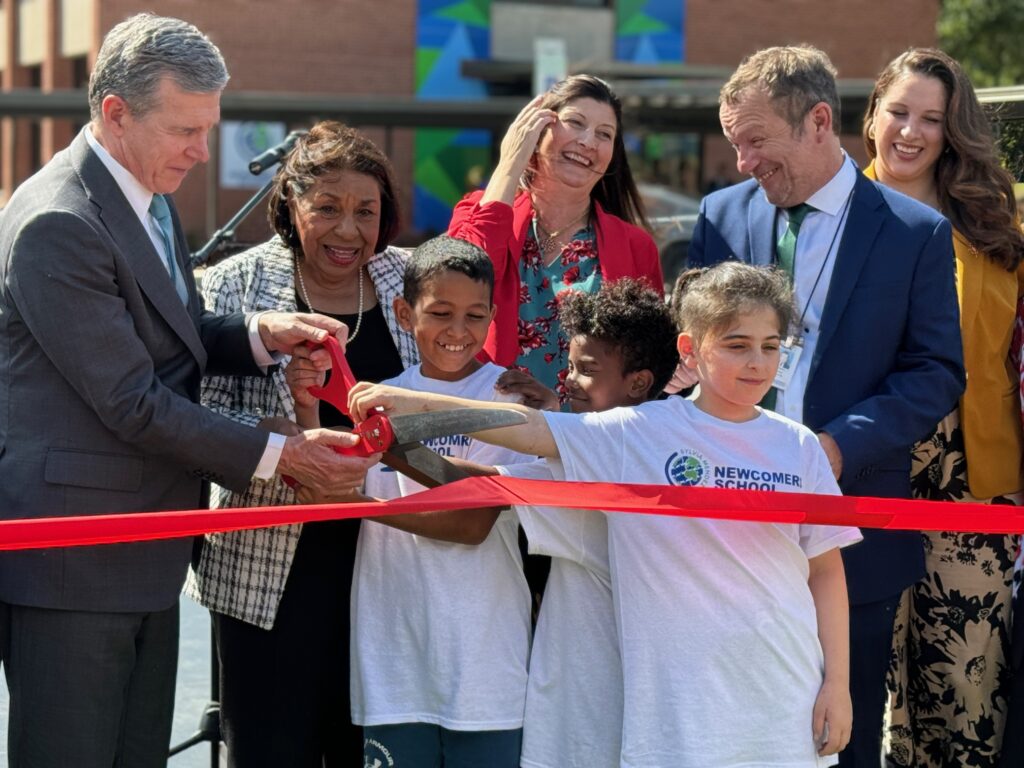

‘Schools should be joyful places’
In addition to its two Newcomers schools, GCS also has two Spanish language immersion programs, where students learn the North Carolina standard course of study entirely in Spanish.
Kirkman Park Elementary School, one of the two programs, serves about 300 K-5 students.
Last month, during Hispanic Heritage Month, Oliva spent one morning reading a book, “El secreto del plátano,” with a third grade immersion class.
“Do you like your class?” Oliva asked the students in Spanish before reading.
“Sí!” they said in unison.
“¿Bastante o poquito?” he asked. (A lot, or a little?)
“Bastante,” they answered.
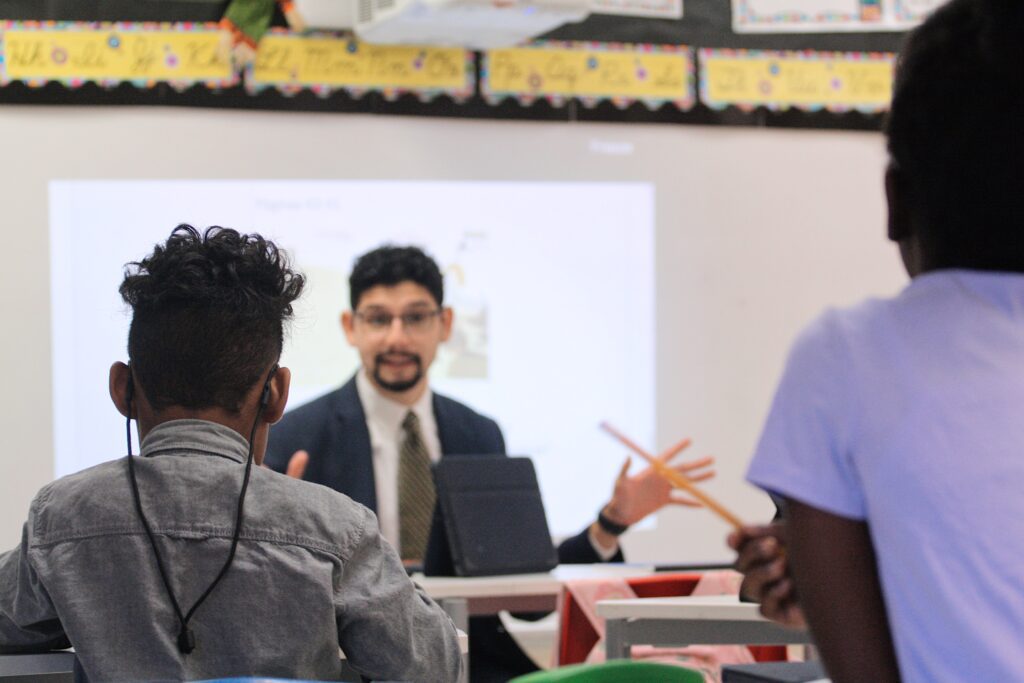

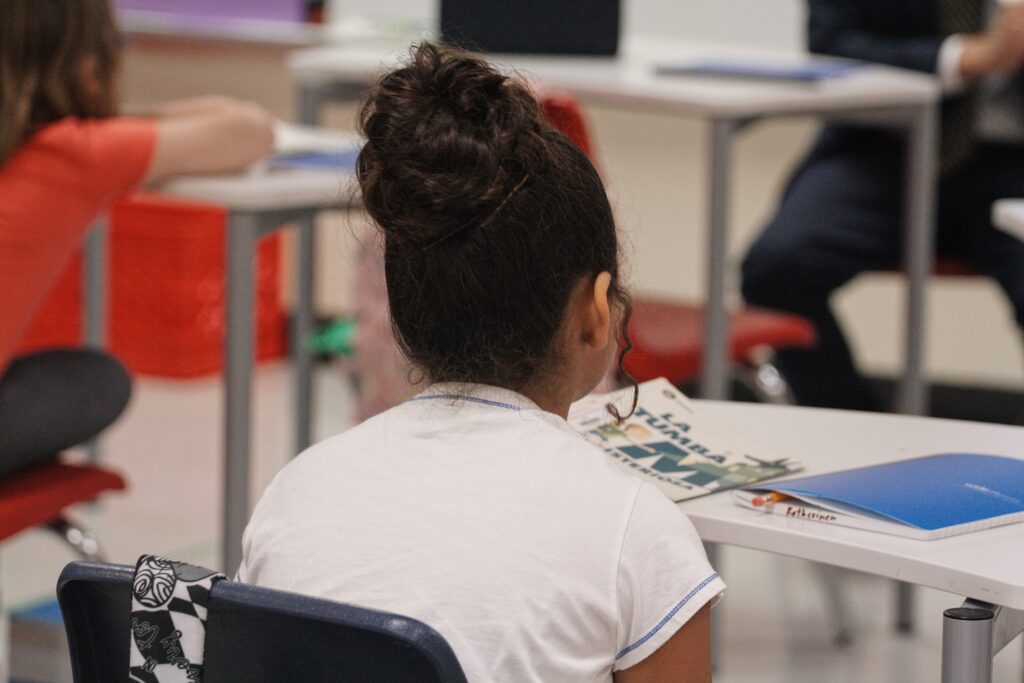

Two years ago, the school moved out of its low-performing status, Oliva said, during Principal Yajaira Owens’ first year in the role.
He largely credits the programs GCS was able to implement with COVID-19 relief funds for the success, namely summer school, high-dosage tutoring, and hosting academic interventions at the school every other Saturday.
Oliva also highlighted Owens’ leadership in creating a safe and warm school environment for all of her students — pointing to the power of welcome.
“Schools should be joyful places — creating buy-in and belonging,” he said.
At the entrance to the school, which was decorated with bright colors and flowers for Hispanic Heritage Month, two signs (in Spanish and English) read: “Todos son bienvenidos aqui! Everyone is welcome here!”
The lobby was also decorated with flags from Latin American counties, along with a map of countries the school’s students are from.
On the morning Oliva read to the third graders, schoolwide student elections were also scheduled to take place, with some very creative student campaign posters lined the hallway.
“Representation matters,” Guilford County Board of Education Chair Deena Hayes said at the ceremony for the Sylvia Mendez Newcomers School. “We are taking the steps to ensure that students see role models who look like them, in their classroom teachers, in their principals, in the district administration, and now, on our school buildings.”
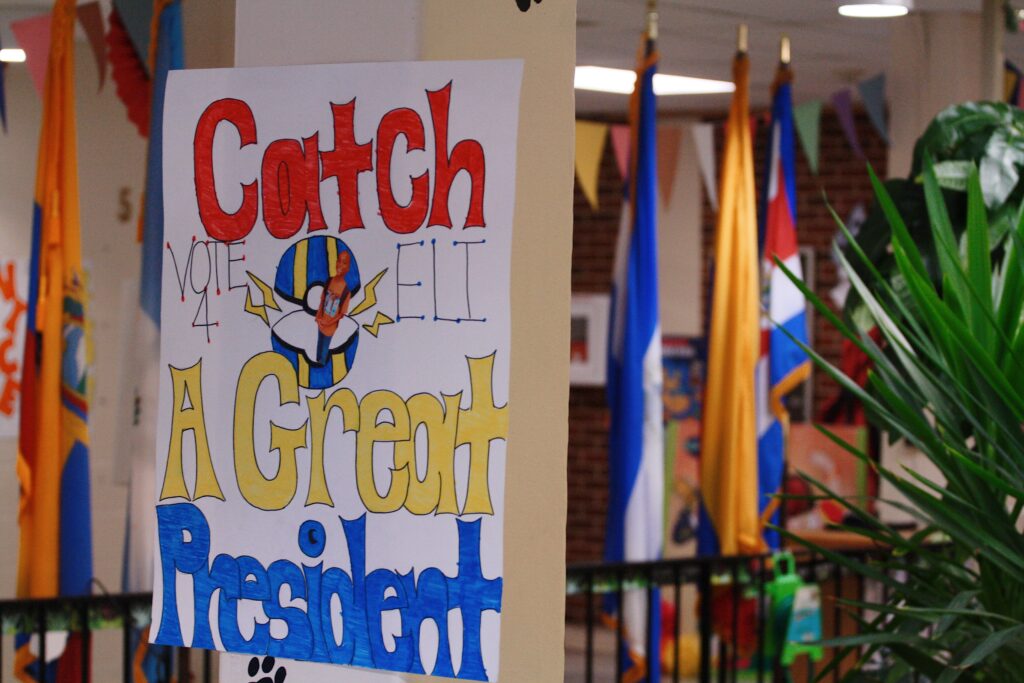

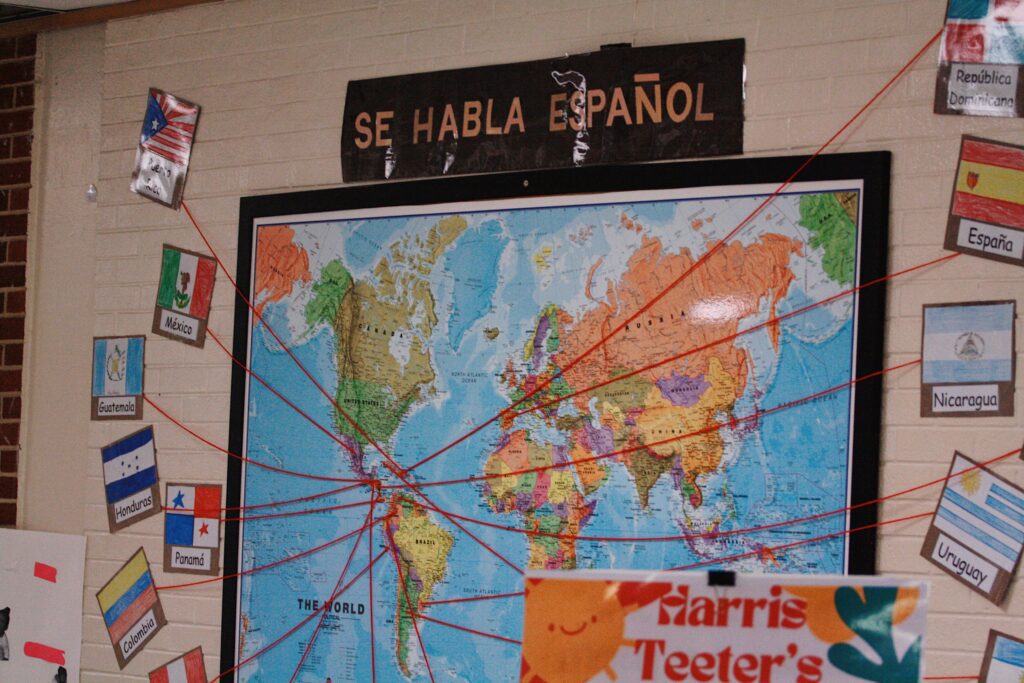

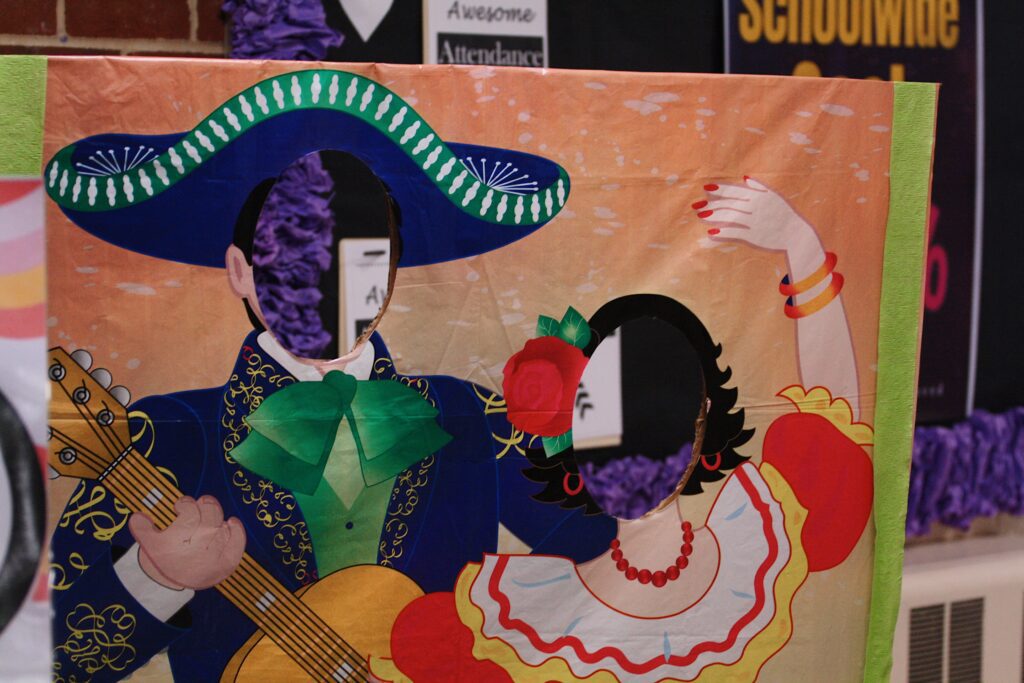

I am a Kirkman Park Cougar
I will strive to be the best that I can be
I will work hard and become smarter
I will exhibit good manners at all times
I will help those who may need my help because I am kind
I am smart
I am beautiful
I am responsible
I am Proud to be a Kirkman Park Cougar!
Kirkman Park Cougar Pledge
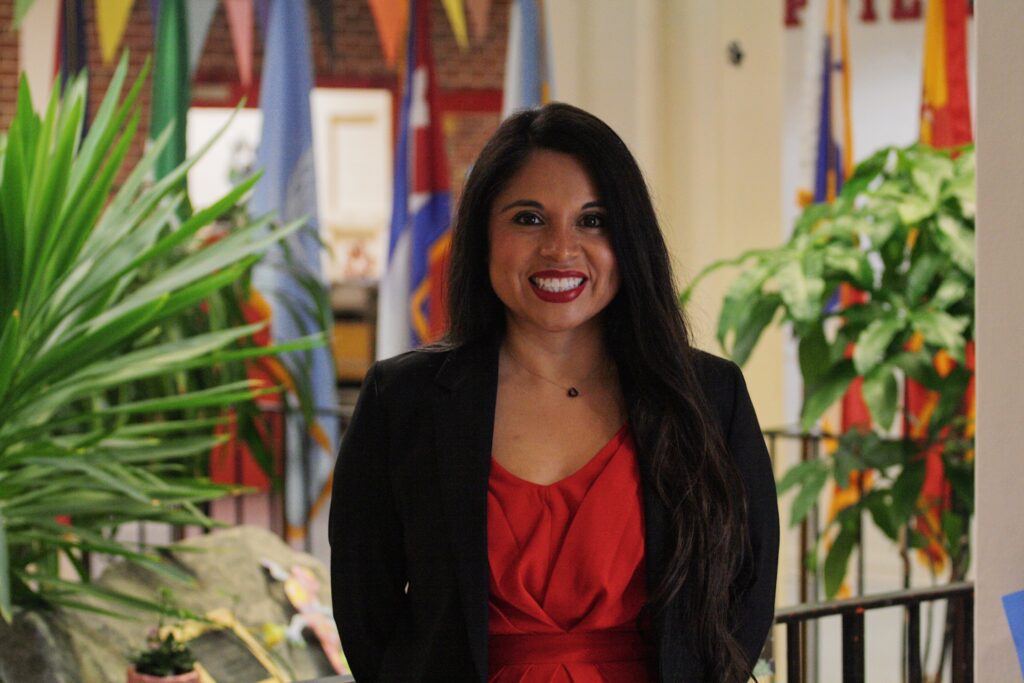

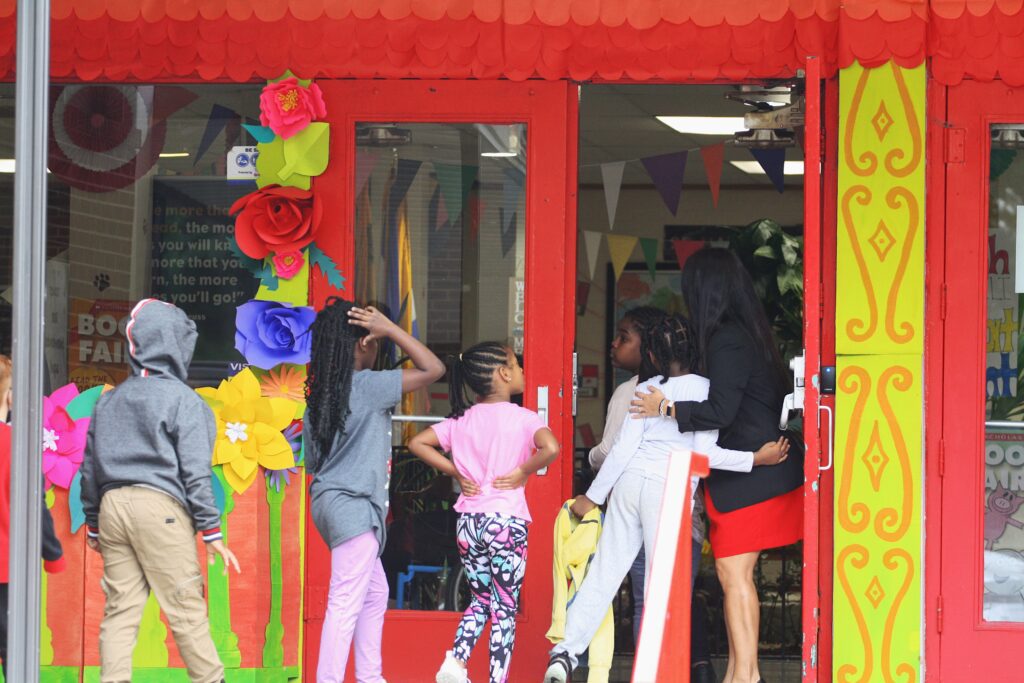

‘Providing all students with a high-quality education’
As of last year, GCS is no longer a low-performing district, as a net of eight schools moved out of a low-performing status.
During the 2022-23 school year, 65% of the district’s schools — 75 schools — met or exceeded expected growth, up from 62 schools, or 53%, in 2021-22.
“We are extremely proud of our students, teachers, school and district leaders who worked extremely hard to help students perform on grade level and improve their growth. We are prepared and committed to continue what works for our students, including accelerating learning for all students; recruiting, retaining and rewarding top talent; maintaining safe and healthy schools; and preparing students for the world. We have much to celebrate, and we are focused on providing all students with a high-quality education regardless of their zip code.”
Superintendent Dr. Whitney Oakley in a September school release
Here are some other highlights at GCS from the 2022-23 school year:
- Early College at Guilford was ranked #1 in the nation by the U.S. News Rankings for the fourth year in a row.
- There are 48 magnet/choice schools in the district, with 66 programs across K-12.
- There were 289 Career & Technical Education (CTE) courses offered in 51 schools across the district.
- The intensive tutoring program reached nearly 12,000 students and provided more than 305,000 tutoring sessions.
- Nearly 8,000 students signed up for learning hubs, which allows students to accelerate learning outside school hours with certified teachers.
- The district hosted over 200 “community conversations,” engaging more than 8,000 stakeholders to inform its new strategic direction.
- And two years ago, the school purchased and distributed more than 79,000 technology devices to students and staff, and provided nearly 1,500 MiFi Hotspots to students. GCS also deployed 70 “smart buses” to apartment complexes, mobile home parks, and communities lacking broadband.
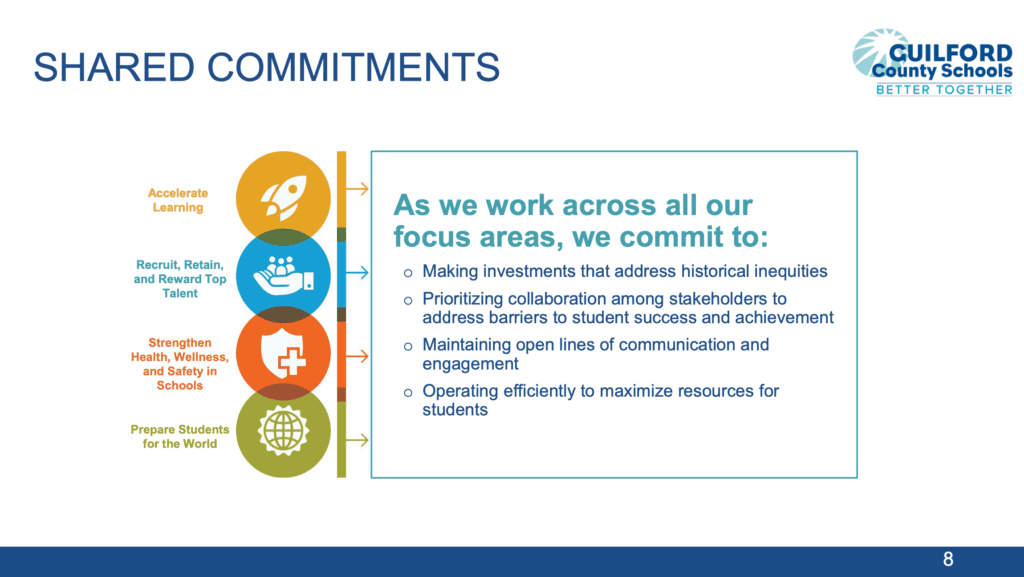

With high levels of poverty in the district, Oliva said schools must address things like food and housing insecurity, transportation, and broadband access to effectively teach students.
Then, schools can focus on other investments, such as school safety and student mental health.
Nearly 2,000 students and staff participated in 10,500 therapy sessions last academic year. The district secured a $14.8 million grant to expand such mental health services over the next five years — for students, but not staff. There are already nine school-based clinics in the district, with programs to open in six more elementary schools in the winter.
Not all high-impact programs have secured further funding though, Oliva said. High-dosage tutoring and learning hubs, which saw higher attendance and graduation rates among participating students, still need more funding after next year.
“I think we are making progress, but there is this ESSER cliff coming up… and all those programs have been funded through federal relief funds.” Oliva said. “But families are accessing the services, so we have to work together to make it happen.”
Recruiting and retaining talented educators is another challenge, Oliva said, citing state teacher pay that has not kept up with inflation. As one of the largest school districts in the state, Guilford is one of five counties excluded from state funds to help local districts supplement how they pay their teachers.
All the districts — Wake, Durham, Buncombe, and Mecklenburg — but Guilford can offer more than $7,000 in additional pay, EdNC previously reported. Guilford is able to offer almost $5,000.
With such high rates of poverty in the district, Oliva wishes the state would help GCS, too.
“The biggest factor in the classroom is the teacher, so we do need to be able to hire good teachers,” he said. “Most money is spent on teachers’ salaries, period. … So we do need increase pay for teachers. And then, I think, also having flexible resources to implement the programs that we know work.”
The district is going to “stretch the dollars where we can,” Oliva said, because its new programs are too important not to continue.
As he continues to help lead the school district, forefront on his mind is improving student achievement at scale. He wants all students to access the opportunities of public education that he was able to find as a GCS student himself.
“North Carolina is the first state in business, but we’re one of the last in public school funding, so those things don’t match. …Winning #1 in business won’t last if we don’t have the workforce we need,” Oliva said. “I want our students to be ready on day one — we want them to have choices and the ability to choose their future. Not just a small group of students, but all students.”
